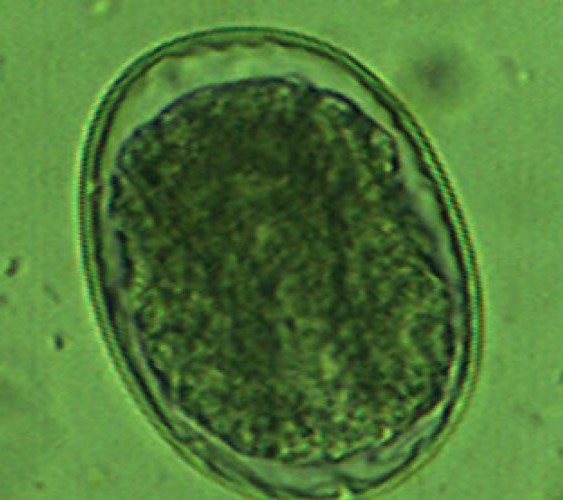Description
Worm Test Kits are supplied and analysed by Parasite Diagnostic Services.
Collecting Samples:
- Supply approximately one heaped teaspoon of fresh faeces per animal for standard worm and coccidiosis tests. You should as a bare minimum supply at least 4 grams of faeces (per animal) for cattle, horses and camels, and 2 grams for other livestock.
- An extra 20g of fresh faeces is required for larval culture analysis. This material should never be frozen and should be as fresh as possible (do not retain for more than a few days). Usually larval cultures are performed for a pooled group of approximately 10 animals following worm/coccidiosis testing. If you follow the ‘heaped teaspoon’ guideline above then there should be enough.
- Only collect fresh samples. Older, harder, drier samples are harder to assess and will lead to inaccurate results.
- For testing groups of animals, we recommend submitting 10 fresh faecal samples for each herd/mob/flock
- For sheep sample collection, it is often practical to move the mob into a clean corner of the yard and leave them for 5 minutes. Then move the animals away and collect 10 fresh samples from the ground. Using an egg carton for initial pick up makes this process easier.
- Please keep material refrigerated (but not frozen) if there is a delay between collection and mailing. If the samples are kept at room temperature for too long, the eggs may start to hatch and test results will be inaccurate.
Mailing Samples:
- Do not place more than one teaspoonful of faeces in each small bag.
- Please do not overfill (do not fill to the brim) or the material will expand in the post and the bags will leak!
- Seal all the bags and then pack carefully.
- Keep your paperwork (submission forms) separate from the samples, as the forms may become soggy and unreadable if the samples leak.
- If sending more than one group of samples, up to 5 mobs may be entered on the one submission form.
- In hot weather, an ice brick will help keep the samples fresh and prevent worm eggs from hatching. For larger numbers of samples you may elect to send the samples in a polystyrene foam box or Esky to keep them cooler.
- Fit as many samples in one satchel as possible (to reduce cost), or tape/tie envelopes securely together, leaving one address label clearly visible.
More information about collecting samples can be found here.

